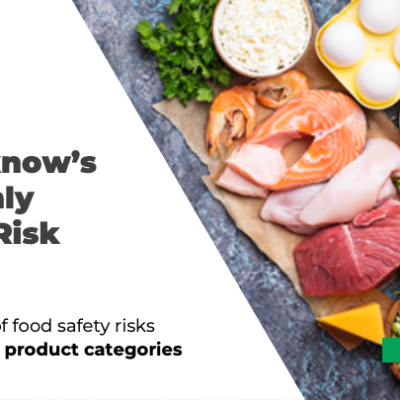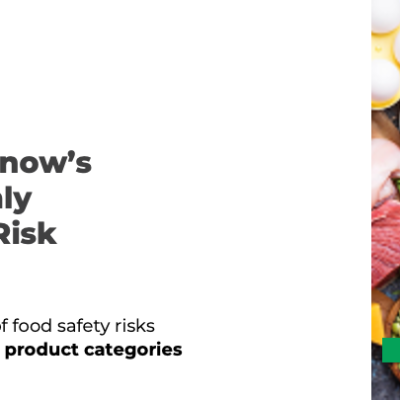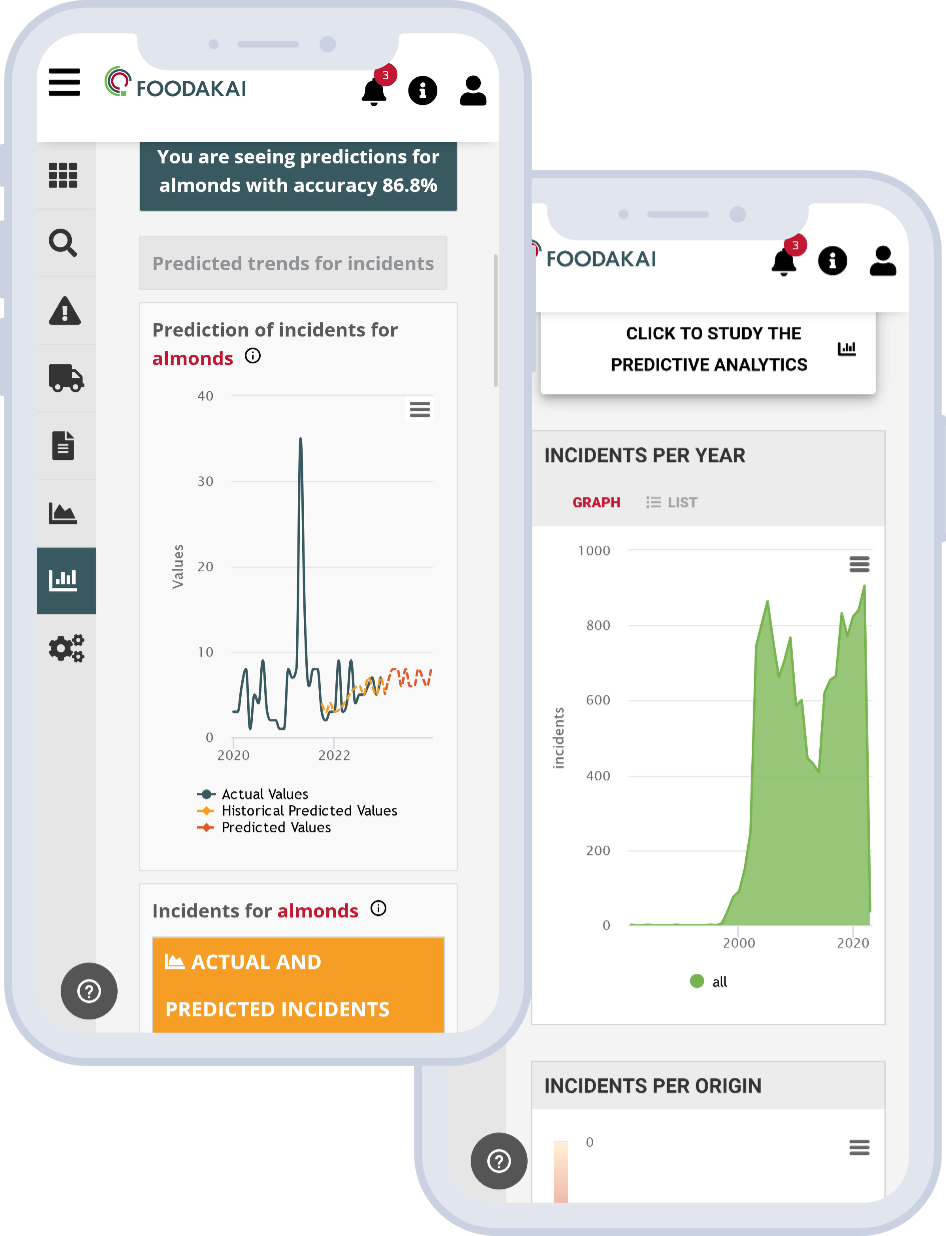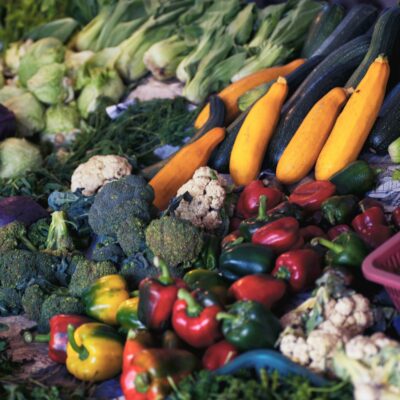
Microbial Contamination: Investigating Sources Across Food Products
Microbial contaminants have a significant impact on the quality and safety of food products, posing challenges to public health and the food industry. Microorganisms, ranging from bacteria to viruses and parasites, stand as potent contributors to food-borne illnesses, presenting a substantial public health challenge.
The consumption of contaminated food remains a significant obstacle to global socio-economic progress, with incidents cataloged by the World Health Organization (WHO) daily. These incidents, triggered by hazardous microorganisms, manifest a broad spectrum of symptoms, from common diarrhea to severe conditions like cancer. The repercussions of contaminated food extend far beyond individual health, impacting an estimated 600 million people globally. Thus, the survival of microorganisms in food products and the identification of contamination sources have become crucial concerns for the food industry and quality authorities.
Among the array of microbial threats, Salmonella spp., Campylobacter, E. coli, and Listeria spp. have been identified by authoritative bodies such as the Food and Drug Administration (FDA), WHO, and the European Food Safety Authority (EFSA) as the most prevalent pathogens in the food chain. Viruses and parasites, with hepatitis A and Cyclospora taking the lead, contribute to the alarming statistics.
What are some common contamination sources across different food types?
In order to have a clear understanding of threats attributed to microorganisms, it is important to know the most common contamination sources for these.
Fruits and Vegetables
Microbial food safety for fresh produce is of great importance due to changing consumption trends emphasizing a hygiene-oriented lifestyle. Contamination sources may vary from water quality and irrigation methods to soil, manure, and agricultural practices.
Meat and Poultry
Major contamination sources in the meat industry include infected animals, slaughtering steps, poor personal hygiene, and equipment surfaces. Untreated wastewater is also identified as a potential source of microbial contamination.
Seafood
Microbial contamination in seafood can occur at any point in the production line. Researchers highlight environmental factors, seawater, inadequate sanitation, poor hygiene, and storage conditions as potential contamination sources.
Dairy
Raw milk, animal feed, drinking water, milking equipment, and biofilms in the dairy chain are identified as potential sources of contamination.
How to address the challenge
A key strategy to address this challenge is the comprehensive analysis of data generated at every stage of the supply chain. This includes information regarding production practices, environmental conditions, and the quality of inputs like water, soil, and animal feed. Harnessing the capabilities of data analytics empowers the food industry to acquire valuable insights into the factors and potential contamination sources associated with biological hazards. This analytical approach enables a comprehensive understanding of microorganism behavior by identifying patterns, trends, and potential risk factors that may contribute to contamination.
Data sharing paves the way forward
The importance of data sharing cannot be overstated in the quest to understand and mitigate biological hazards effectively. Collaboration and transparency across the industry facilitate the exchange of valuable information regarding best practices, emerging risks, and successful interventions. Shared data can serve as a collective resource, enabling stakeholders to make informed decisions, implement preventive measures, and respond swiftly to potential threats.
The complexity of food supply chain
The urgency of this matter is underscored by the interconnected nature of the food supply chain. A contamination event at one point in the food supply chain can have cascading effects, impacting multiple stakeholders, and endangering public health. Therefore, a collective and collaborative effort, supported by data-driven insights, is indispensable for the development and implementation of robust food safety measures.
Analyzing data across the supply chain and fostering a culture of information sharing are pivotal steps toward better understanding and mitigating these hazards. As the industry collectively commits to these practices, it not only fortifies its resilience but also upholds its responsibility to deliver safe and quality food to consumers worldwide.
This report was prepared under the HOLiFOOD project.
HOLiFOOD is a project that has received funding from the European Union’s Horizon Europe research and innovation programme HOLiFOOD (Grant Agreement Number 101059813). Views and opinions expressed are, however, those of the author(s) only and do not necessarily reflect those of the European Union or European Research Executive Agency. Neither the European Union nor the granting authority can be held responsible for them. Project website: https://holifoodproject.eu
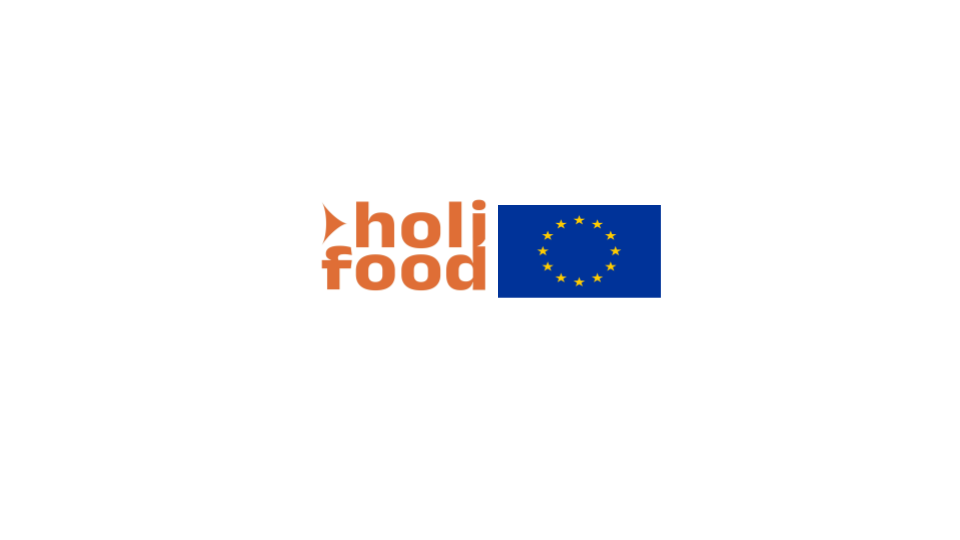
Want to receive helpful food safety intelligence in your inbox?



